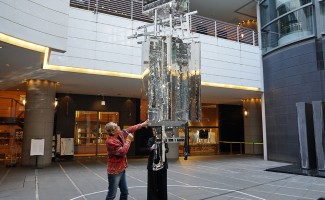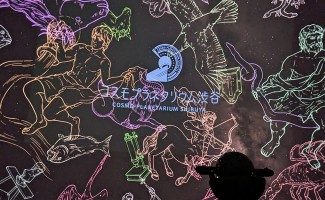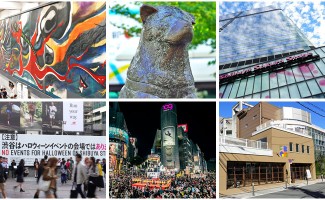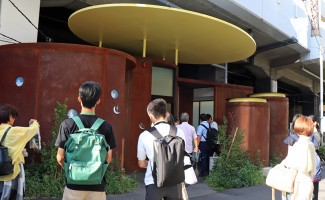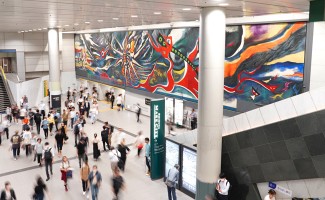Shibuya culture project
MENUKEYPERSON
Gold king Hachiman Shrine is people who live in Shibuya and Aoyama, patron god-like to protect the workers. I think the development is in the middle of Shibuya proceeding, role played by the shrine as a cornerstone of everyone and large.
Gold king Hachiman KennegiWiruchiko Florian's
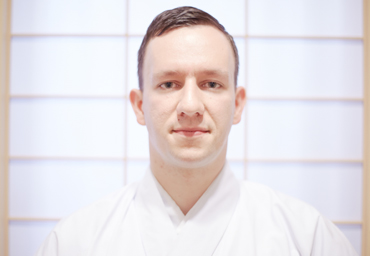 profile
profile
1987 Austria was born. Hugging the interest from the time of a child in Japan, first visit to Japan with his family at the age of 14. After military service, majoring in "Japanese studies" in the University of Vienna. Thereafter, while the live-in Ueno Shrine in Nagoya, begin a study of the Shinto priest. 2011 years, admission to Kokugakuin Shinto Department Department. Through a specialized course of one year, in 2012 to become a Shinto priest of Kin'o Hachiman Shrine, to the present.
Wiruchiko Florian's Austrian is the first foreigner Shinto priest. Beyond, such as national and religious beliefs, why was fascinated to Shinto. In this interview, welcomed familiar Wiruchiko's in Japanese culture and tradition than the Japanese, I think I want to try closing in on what was what on earth is what was heading from Shinto. Background from a small interest in Japan was holding in childhood up to the priest, to the role of the shrine and even more in the big city, Shibuya, I've heard the story slowly and carefully.
Rather than in a glass case, still, alive to have the charm of Japanese culture
_ In the first place do when time became interested in Japan and shrines?

When elementary school much, most beginning such as photograph collections that were in the house, it started when was intrigued from the visual ones. By following the storage, different architecture and landscape and Europe, a strange country to cultural aspects, would of had the impression that interesting country. Then, using the three weeks of summer vacation at the time of the 14-year-old, he came to Japan in family travel. In over from Kanto to Hiroshima, I felt attracted to Japanese culture, was that it "is alive traditional culture" in the now of people currently living. In other countries, because I'm not that hundreds of years ago of costumes and buildings are used. For example, in the United States there are, such as "living museum", a theme park to show the old-fashioned life, it does not mean there is a fact of life. Fun of Japan is that you are actually taking advantage of it.
_ Did you buy something souvenirs during the trip?
But I went back to buy various, what altar Speaking of things have changed. I think that also affect the events that led to the current work, or worship in the day-to-day altar in Austria, in which we incorporate in my life, feeling that want to become a priest is been infested with nature It was the might. , If that is not so, learning the Japanese culture and history, because you always should become a scholar. Well, it must be sure to was a strange boy (laughs).
_ After that, it seems to have majored in "Japanese studies" in the University of Vienna.
"Since Japan Studies" was close most to their interests, was admitted to the university after the end of compulsory military service. Nevertheless, only read the book, is different considerably from the actual life of Japan and. So become your care to the Shrine in Nagoya, which met on the net, it began live-. Shrine to have led both the history and traditional culture, I thought that there is a part to learn a lot just here. Many times from the 14-year-old in coming to Japan, I feel that one of the attractive parts have been seen from the vague interest. Do not be seen with the package. All when I first saw it full of mystery, I did not even know anything. It is why are you like this dress. If we it to tease one by one, you will find that there is always a reason and a story, a history. And Come to mention even once, that it is not so much a nice system to understand, it has hooked.
To become a priest _ are, what kind of qualifications and studying do you need?

Flow that is generally taken the qualification of the priest, is appointed to serve the shrine. However, there is no precedent in the fact that foreigners, did not even know really whether become a Shinto priest. Happened in the case of me, me and the chief priest's warm and support of the Shrine Ueno in Nagoya, I was able to enter the shrine was great. Then, after graduating from the University of Vienna, which had been once to return home and leave of absence, and returned to Japan in order to obtain more Kaii of the above in 2011, he was admitted to the Kokugakuin Shinto Department Department.
Enrolled in _ KuniManabu Institute, may have noticed something started life in Shibuya of the city, have you ever felt?
Maybe you think you're coming in Shibuya at the time of the first visit to Japan, but never, Nante at that time there is a shrine in Shibuya, did not even think. Student lived in Sasazuka, had been to school through the middle of each day, Udagawacho by bicycle. Shibuya is a very lively town, there is the impression that has accumulated various large energy. Currently, Shibuya of the city, but we are willing to re-development, I always think that it is obvious that the world is going to change. But do you say to the Past, the old ones also neglected to Seth, to make useful things old for a bright future is the wisdom of the deceased. Old culture which does not grow absolute if there is no heart. Even if you think trying to do well only one person myself, That's not even anything in the tradition in the culture in those of as long as one generation, will end with a mere hobby. Those that are transmitted old from the old days, if that fails even one generation, you do not anymore revived. The fact that is much followed, it is not seen as something important, I think that Do something you should not have to cherish now. If think so, role played shrine in Shibuya development progresses think big.
Shinto is on living in Japan, I think it would do the most reasonable way of thinking
Upon become _ Shinto priest, did not have a religious problem?
When certainly small, I was going to the church. Europe is because it is kind of culture. But, I will be that kind of question in Japanese, I have a very strange feeling. Speaking of why, originally I think you should see there is no concept of religion in Japan. I think that to "you are what today?" Is not the person to ask questions of, hard to heard even answer. For example, it was the house Jodo Shinshu, even if Dattari Nichiren, speaking or not come to absolutely pray at the shrine, nor why. The house is also in Buddhism, the wedding is mentioned in the chapel, New Year's visit to a Shinto shrine is also pray at the shrine, is not no problem. To begin with Shinto, but I think that it does not apply to the word religion, but there is a faith surely also in Japanese. If you think that God is not, because is why there is no need to throw the offertory and the New Year's visit to a Shinto shrine. That's overseas, also differences between the concept at all, history and culture. You are such as religion A or B, the very identification or passport of such a thing. Or not it belongs, rather than whether or not there is a God and faith, is a very strong community implications. Different values are considerably. Shinto rather than religion, is suitable for most when you live in Japan, I think that it would do the most rational way of thinking.
In the sense of _ Japanese, I think that it is as Mr. Wiruchiko is you say. But, do people overseas, but I think that it is strictly against the religion, that was not the opposite is in your family?

My family is was not all that "because Shinto is different religion useless". Once it was certainly strict Christian home, but you might not have had me let go .... I also did my parents do not have any discomfort less. Of course, it is hard to describe to overseas friends. Also I heard if you want to explain the "God", also hard to describe the profession of "priest". If translated as "Priest (Father)", it would give a ridiculous misleading. Is from friends of frequently asked, "Do not be married to it Shinto priest?", But it is not never do that. In that sense, it is not much special rules, such as the other religions in the Shinto priest. Speaking by force, on the festival (also this) your basket just before the Rigaa', depending on the shrine there is also a place where there are rules, such as "This is to eat no good is, drink no good."
_ Currently, Mr. Wiruchiko is is that of the title of "Kennegi (Gon'negi)", the now gold king Hachiman Shrine, do you Mr. Shinto priest're how much?
Position of normal shrine, chief priest, scallions (green onions), is divided into three stages that Kennegi (Gon'negi). Are you the chief mourner and large chief priest is, only you Ise-san. By the way, now is a gold king Hachiman Shrine, one person chief priest, one green onion, green onion authority two people, we're doing a total of five one student. Of course, completely different in scale by the shrine, for example Meiji Shrine would fall about 50 people in total.
I think working in _ now live - but, please tell me the work of the Shinto priest of the day.
Waking up in the morning at six o'clock. Open the shrine of the gate clean the middle and outside with everyone from the chief priest rights to green onion, when you're done, make the festival to give the breakfast to God. The two do not change every day. The other work, will change at all from day to day. For example, raising the prayer if me is more of prayer, use a personal computer if there is office work, if there is yard work, such as going out with a saw and branches shears, is a very wide work. This is an example, also the difference way on the size and location of the shrine. In addition, although Tokyo has blessed, to the region there is also a place which is doing everything in the chief priest's one person, can not life the only priest, is no less a place that is doing in part-time. To say that the life of one day of the priest, varies considerably for each shrine.
_ Break and private do you have time after work?
It is appropriate. In short, the old days of those craftsmen, such like, rest if the rest Once I caught a cold, but there is also a time that does not take time is also busy break, takes the appropriate time can take. In that sense, it is not a work of time card Street. By the way, holiday as a hobby, it has to be involved in traditional Japanese culture. Or was "Calligraphy", such as "incense", things like help to work. Actually tea ceremony, I have thought that it suffices to flower arrangement, is a situation that does not turn the hand quite up there.

Recommended articles
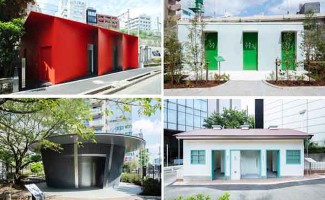
渋谷の「THE TOKYO TOILET…
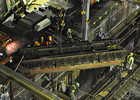
Standing at the moment of Shibuya in The construction work is reborn ...
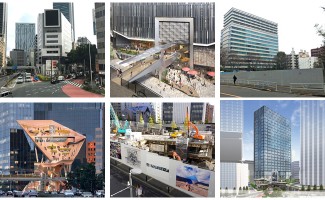
駅中心地区と連携する「東口エリアの再開発…
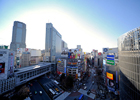
The Reason that Shibuya is Attractive to IT Startup Companies
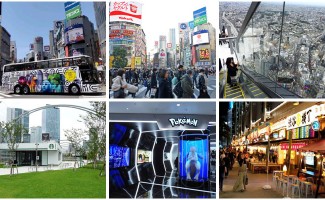
外国人観光客人気が高まる「渋谷」 デジタ…
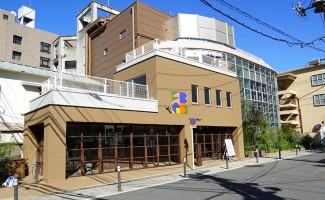
「渋谷区ふれあい植物センター」リニューア…

Demolition just before, "Tokyu Toyoko shops East Building" last look Tsu ...

85年の東横ターミナルデパート物語


